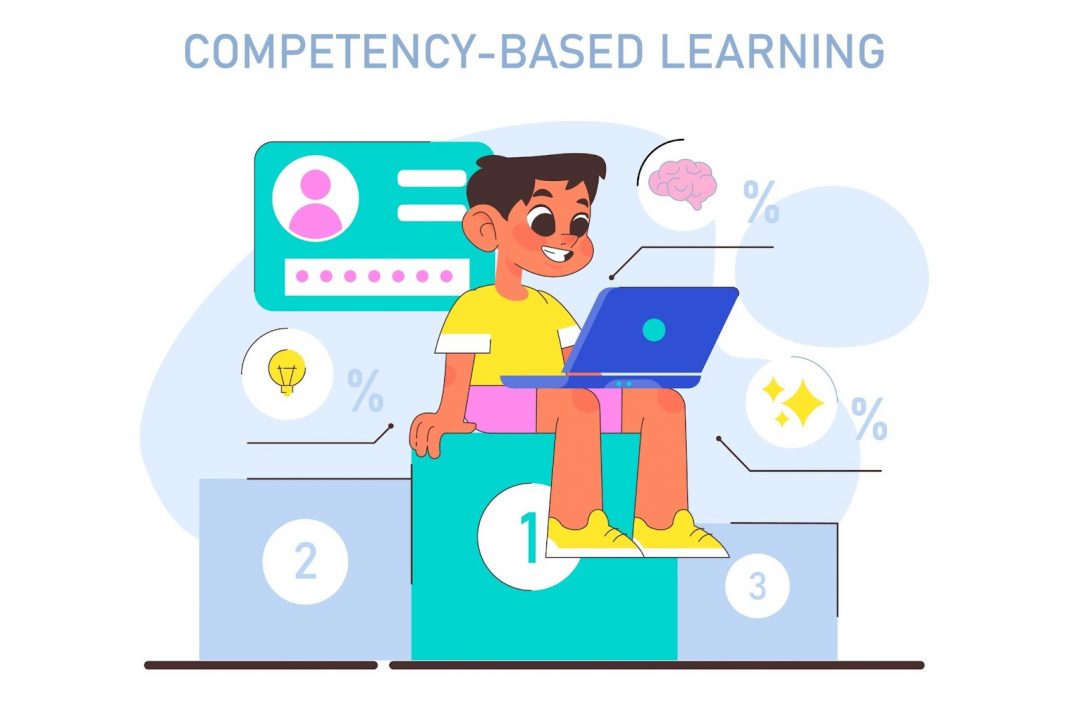- What is Competency-Based Education?
- How Does CBE Differ from Traditional Learning?
- 4 Benefits of Competency-Based Education
- 6 Principles of Competency-Based Education
- How Competency-Based Education Works
- 5 Competency-Based Education Examples: Diverse Models and Approaches
- Is Competency-Based Education Right for You?
Instead of measuring success by how many hours a student sits in a classroom, what if we focused on what they know and can do? That’s what competency-based education is all about. A progressive approach that has gained traction in response to the evolving demands of the modern educational landscape.
Math & ELA | PreK To Grade 5
Kids see fun.
You see real learning outcomes.
Watch your kids fall in love with math & reading through our scientifically designed curriculum.
Parents, try for free Teachers, use for free
At its core, CBE shifts the focus from traditional time-based learning to a more mastery-oriented model. A striking revelation from a study on undergraduate medical education found that a mere 34% of students who primarily used course objectives for exam preparation managed to score above average, highlighting a potential disconnect in traditional educational methods.
This blog will dive into Competency-Based Education, exploring its definition, evolution, and advantages over traditional learning models.
What is Competency-Based Education?
Competency-Based Education (CBE) is an educational approach focused on what students can do with the knowledge they acquire. Unlike traditional education systems that measure learning based on time (like semesters or credit hours), CBE evaluates students’ ability to demonstrate specific skills and competencies. In simple terms, it’s more about the ‘show me’ than the ‘tell me’ in learning.
Here’s the deal: instead of rushing through a textbook chapter just because it’s on the schedule, CBE lets you focus on one thing at a time. There’s no big final exam hanging over your head. You don’t move on until you show you know the stuff. In CBE, you earn your way forward. It’s not about how long you’ve sat in class; it’s about proving you’ve got the skills.
Related Reading: Best Active Learning Strategies for Kids in the Classroom
How Does CBE Differ from Traditional Learning?
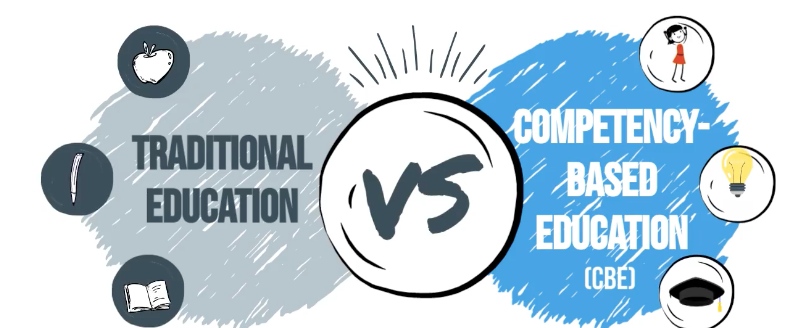
Teachers, you’ve been in the classroom for a while, so you know how traditional learning works. But how does Competency-Based Education (CBE) shake things up in ways that matter to you and your students?
| Aspect | Competency-Based Education | Traditional Learning |
|---|---|---|
| Focus | Mastery of specific skills and competencies. | Time spent learning and course completion. |
| Pace of Learning | Self-paced; students’ progress upon mastering topics. | Structured around semesters or terms. |
| Assessment | is based on demonstrating proficiency in each subject. | Often based on tests, homework, and attendance. |
| Progression | Students advance after achieving mastery. | Students advance with their cohort by age or grade level. |
| Curriculum | Flexible and personalized learning to meet student needs. | Standardized and uniform for all students. |
| Learning Style | Accommodates individual learning styles and needs. | Generally one-size-fits-all approach. |
| End Goal | Developing real-world skills and knowledge. | Completing the prescribed curriculum. |
| Role of Instructors | Facilitators of learning, adapting to student needs. | Often deliverers of content in a set format. |
4 Benefits of Competency-Based Education
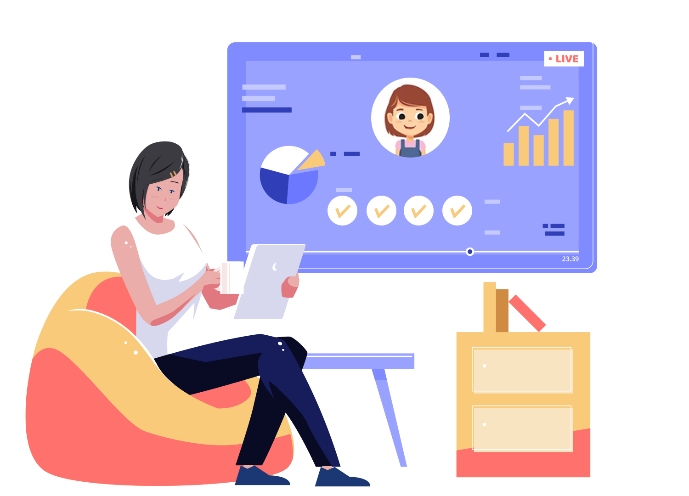
The Competency-Based learning model offers several key advantages, particularly in how it reshapes the educational experience to be more relevant and effective for students. Here are some of the main benefits:
- Personalized Learning Paths: This model allows for a more individualized approach to education. Each student can focus on mastering skills at their own pace, making learning more adaptable to their needs and goals. This aspect of competency learning ensures that students are not just moving through a system but are genuinely grasping the content.
With SplashLearn, educators can create customized learning experiences that align with CBE principles, ensuring students progress at their own pace.
- Enhanced Student Engagement and Motivation: Students are more likely to engage with the material by centering on skill-based learning. They see a direct connection between what they are learning and the skills they need to acquire. This relevance boosts motivation as students understand the practical application of their education.
- Improved Learning Outcomes: The competency-based learning model emphasizes mastering skills and knowledge, leading to better learning outcomes. Students don’t just learn for an exam; they learn to acquire valuable competencies in real-world scenarios.
- Flexibility and Accessibility: This model offers flexibility, allowing students to learn at times and in ways that best suit them. It makes education more accessible to a wider range of learners, including those who might not thrive in a traditional classroom setting.
Related Reading: Best Classroom Management Strategies for Better Engagement
6 Principles of Competency-Based Education
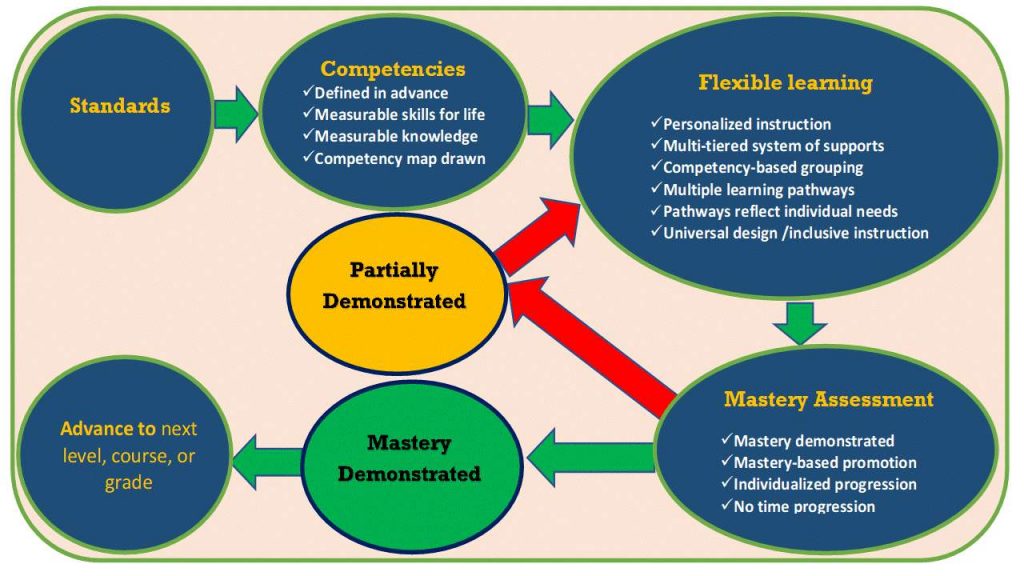
Competency-Based Education (CBE) is built on six foundational principles that guide its implementation and effectiveness. Understanding these principles is key to grasping how CBE operates and its benefits.
- Mastery-Based Learning: CBE ensures that students truly understand and can apply their learning. Unlike traditional systems where progression is often tied to age or grade level, advancement is based on demonstrating mastery of a subject or skill.
- Student-Centered Approach: This principle places the student at the heart of the learning process. Students have more control over their learning journey, allowing them to engage with content that resonates with their interests and career goals, thereby enhancing motivation and engagement.
Related Reading: What Is Student Centered Learning? Importance & Benefits
- Clear Learning Outcomes: CBE requires well-defined learning goals. These outcomes are transparent and aligned with real-world skills and knowledge, ensuring that what students learn is directly applicable to their personal and professional lives.
- Flexible Pathways: The CBE model acknowledges that students’ learning paths can differ. It allows for customization in how, when, and where learning happens, accommodating various learning styles and life circumstances.
- Advancement upon Mastery: Progression in CBE is determined by a student’s ability to demonstrate mastery of a competency. This ensures that students move forward in their education not just because the semester ended but because they have truly acquired the necessary skills and knowledge.
- Ongoing Assessment and Feedback: Continuous assessment is a cornerstone of CBE. Rather than relying solely on high-stakes exams, this approach involves regular, meaningful feedback, helping students understand their progress and areas for improvement.
Struggling to track student progress in a CBE framework? SplashLearn offers real-time insights into each student’s learning journey, making it easier for educators to adapt teaching strategies effectively.
How Competency-Based Education Works
Understanding how Competency-Based Education (CBE) functions in practice can help clarify its benefits and application. Here’s a step-by-step breakdown of the CBE process:
- Identifying Competencies: The process begins with clearly defining the competencies – the specific skills and knowledge that students need to master. These competencies are aligned with real-world requirements and career expectations.
- Personalized Learning Plans: Each student receives a personalized learning plan based on their current knowledge and skills. This plan outlines what they need to learn and the competencies they need to develop.
- Flexible Learning Resources: Students are provided with various learning resources. These can include online materials, textbooks, interactive modules, and hands-on projects. The idea is to cater to different learning styles and preferences.
- Self-Paced Learning: One of the key features of CBE is that students learn at their own pace. They can spend more time on challenging areas and move quickly through topics they already understand.
- Continuous Assessment: CBE uses ongoing assessments to gauge student progress instead of traditional exams. These practical assessments reflect real-world tasks, ensuring students can apply their learning.
- Feedback and Support: Educators are crucial in providing continuous feedback and support. They help guide students through their learning journey, offering assistance and insights where needed.
- Demonstration of Mastery: Students progress by demonstrating mastery of each competency. This demonstration can take various forms, such as projects, presentations, or practical exams.
- Certification of Skills: Upon successfully demonstrating mastery of all required competencies, students receive certification or credentials that signify their readiness for professional challenges or further education.
5 Competency-Based Education Examples: Diverse Models and Approaches
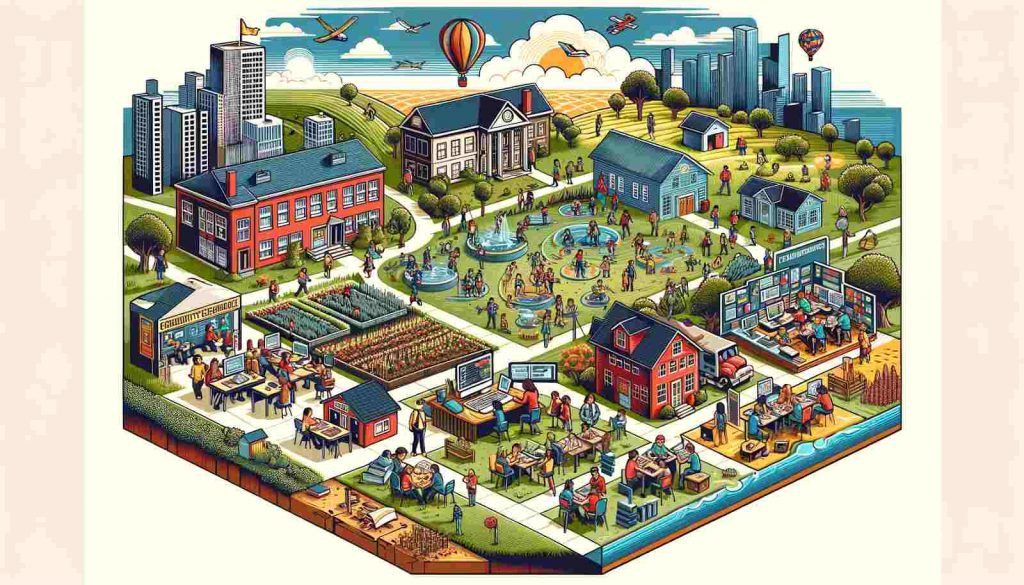
Competency-Based Education (CBE) has been implemented in various educational settings, each adapting the approach to its specific context. Here’s a closer look at some successful examples and the diversity in their models:
- Chugach School District, Alaska: Serving remote native villages, this district has been a CBE pioneer for over two decades. They adopted a personalized learning model, allowing students to progress based on skill mastery rather than age or grade level. This approach has led to more tailored education, catering to the unique needs of each student in a challenging geographical area.
- MC2 Charter School, New Hampshire: Operational for over a decade, MC2 Charter School is celebrated for its progressive, competency-based model. The school’s comprehensive model is learner-centered, knowledge-centered, assessment-centered, and community-centered. Advisors work closely with students, using assessments to tailor learning experiences. This approach has fostered a deep understanding of subjects, encouraging students to solve problems independently and collaboratively.
- Lindsay Unified School District, California: A leading example of CBE, Lindsay Unified has been dedicated to student-centered learning for over ten years. The district emphasizes stakeholder engagement, student agency, and a shared culture built around common practices and language. Their CBE model has led to improved student engagement and performance, with education tailored to individual learning styles and paces.
- Purdue Polytechnic, Indiana: In its formative years, Purdue Polytechnic focuses on problem-solving and critical thinking through real-world challenges. The school employs a design-thinking process, moving away from traditional schedules to allow for individualized and group learning and project-based work. This model has effectively enhanced students’ critical thinking and practical skills, preparing them for future challenges.
- Deeper Learning Networks (Supported by the Hewlett Foundation): This includes networks like Asia Society, EL Education, High Tech High, New Tech Network, and Big Picture Learning. These networks engage students in Project-Based Learning (PBL), use rubric-based assessments, and require demonstrations of learning. While reflecting many aspects of CBE, they focus on cohort-based progress, emphasizing peer learning in diverse settings. The networks have reported improved student engagement, critical thinking, and reduced achievement gaps.
These diverse implementations of CBE highlight its adaptability and effectiveness in enhancing student learning experiences across different educational landscapes. CBE is reshaping education from remote districts to urban schools to be more personalized, skill-focused, and aligned with real-world applications. The success of these models serves as a powerful testament to the potential of CBE in transforming educational paradigms preparing students more effectively for the challenges and opportunities of the modern world.
Related Reading: What Is Inquiry-Based Learning? Types, Benefits, Examples
Is Competency-Based Education Right for You?
As we explore the potential of Competency-Based Education (CBE), educators, institutions, and learners must ponder whether this approach aligns with their goals and capabilities. Implementing CBE in schools is not just a shift in teaching methodology; it’s a transformation in how we perceive education. Here are some guiding questions:
For Educators:
- How prepared are you to shift from a traditional teaching model to a competency-based one?
- Are you comfortable providing more personalized, one-on-one guidance to students?
- How will you assess and ensure the mastery of competencies in your students?
For Institutions:
- Does your institution have the infrastructure and resources to support a CBE model?
- How will you train and support your educators in making this transition?
- What measures will you put in place to evaluate the effectiveness of CBE in your educational setting?
For Learners:
- Are you ready for a learning environment where you progress at your own pace?
- How comfortable are you with taking more control over your learning journey?
- Do you have the self-discipline and motivation required for a competency-based learning model?
Implementing CBE requires careful consideration and planning. It’s not just about adopting a new educational model; it’s about embracing a philosophy that values mastery, personalization, and practical skills. For those willing to make this shift, CBE can offer a more engaging, relevant, and effective educational experience, preparing learners for the challenges of the modern world.
Are you ready to bring the dynamic, skill-focused world of Competency-Based Education into your classroom?
Discover SplashLearn – the engaging, curriculum-aligned learning platform that makes math and reading fun and effective. With SplashLearn, teachers can:
- Seamlessly integrate math practice games and activities that align with individual learning paths.
- Gain valuable insights into each student’s progress and areas for improvement.
- Easily send tailored content and assessments, supporting diverse learning needs with just a few clicks.
Begin your journey towards a more interactive, personalized educational experience and transform how you teach with Competency-Based Education.
Frequently Asked Questions (FAQs)
Can CBE be integrated into existing traditional schools?
Yes, CBE can be integrated into traditional schools, but it requires significant changes in curriculum design, assessment methods, and teacher training. It’s a transformative process that shifts the focus from time-based to mastery-based learning.
How does CBE address the needs of diverse learners?
CBE is particularly effective for diverse learners as it accommodates different learning styles and paces. It allows students who need more time to grasp concepts to learn without pressure and advanced learners to progress faster, ensuring that each student’s unique needs are met.
What role does technology play in CBE?
Technology is a key enabler in CBE, providing flexible and accessible learning materials, facilitating personalized learning paths, and offering sophisticated tools for tracking progress and mastery. It allows for more dynamic and interactive learning experiences, which is essential for CBE’s success.

















